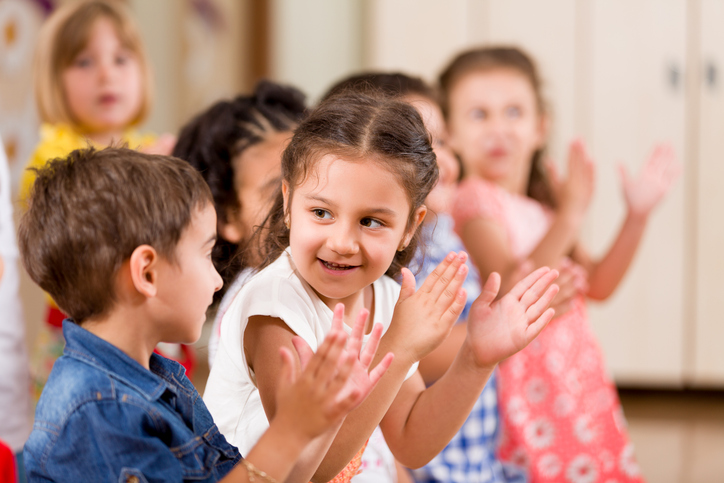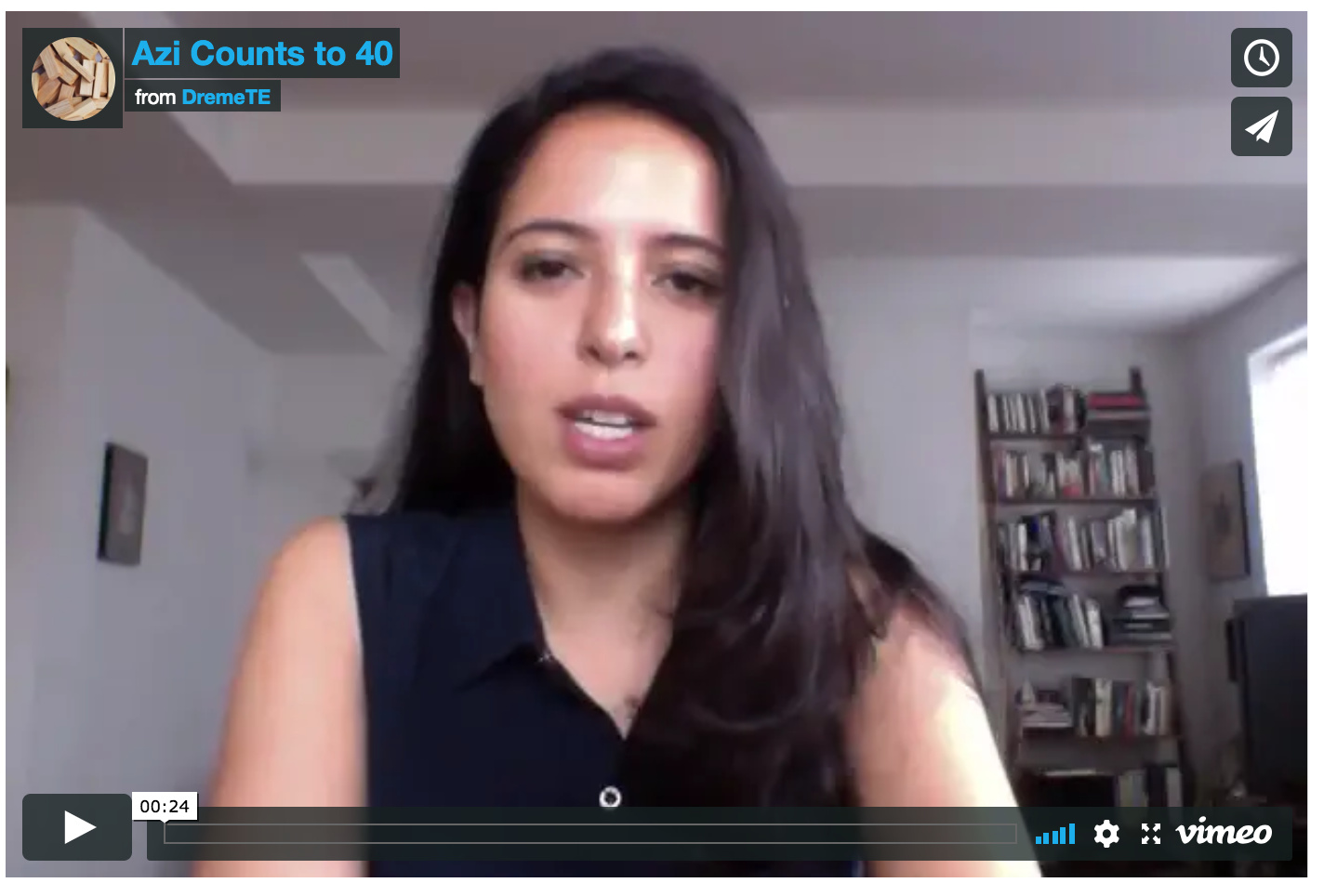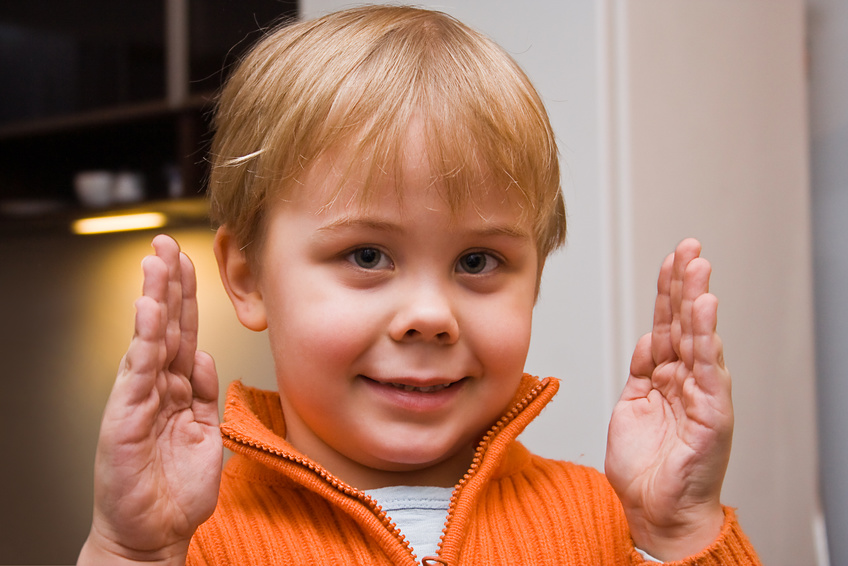A brief overview of the development of patterns and algebraic thinking in young children. Children are born with the ability to detect patterns and our support in the classroom builds on this important skill.
What is one of the very first areas of mathematics of which humans are capable? Funny you should ask. We’ve known for a long time that young infants can perceive (and prefer) auditory patterns that were heard in the womb (for instance their mother’s voice and heartbeat or the cadence of the book Cat in the Hat). Recently, there has been new research extending this preferences for patterns to visual patterns. A 2017 study found that infants in utero preferred the pattern of a human face (representations of two eyes with a mouth below) to other patterns!
So, babies are smart. But, how is that knowledge helpful to us? It turns out that much of our learning happens through discerning patterns (or a lack thereof) in our environments. We learn speech this way: Aha, thinks the toddler, just add “ed” to the end of action words and they will refer to what already happened! What, you say, I didn’t runned? Attending to the stress patterns in language helps infants figure out where words start and stop (otherwise speech sounds like an unending stream of sounds (see Counting for Adults). Cause-and-effect is, in fact, patterns where a specific action is followed by a specific result (e.g., Every time I push the bowl off my high chair, it makes an interesting noise).
 In preschool, we take advantage of young children’s interest in patterns: during circle time, we ask all children to imitate a pattern clapped by one child; at the end of circle time, we ask anyone who is wearing stripes to get their coats for outside play; we encourage only one bounce in each square in games of four-square; we help children engage in Miss Mary Mack clapping games; and we ask questions that lead to counting objects in groups of two or ten. Children show their own interest in patterns when they create a set of stairs with blocks, each successive step increasing by one; when they draw four petals on each flower; or when they take turns in a specific order (Gina–Valeria–Sonja–Gina–Valeria–Sonja...).
In preschool, we take advantage of young children’s interest in patterns: during circle time, we ask all children to imitate a pattern clapped by one child; at the end of circle time, we ask anyone who is wearing stripes to get their coats for outside play; we encourage only one bounce in each square in games of four-square; we help children engage in Miss Mary Mack clapping games; and we ask questions that lead to counting objects in groups of two or ten. Children show their own interest in patterns when they create a set of stairs with blocks, each successive step increasing by one; when they draw four petals on each flower; or when they take turns in a specific order (Gina–Valeria–Sonja–Gina–Valeria–Sonja...).
Notice than none of these examples include asking children to sit down at a table and copy patterns as a rote exercise (such as copying a blue–green–blue–green pattern with blocks, without discussion or engagement). Although that wouldn’t be an inappropriate activity, you can see that it fails to provide the appeal inherent in the other activities mentioned above. Creating a game or story with toy bears or dinosaurs in which the patterns have contextual meaning can simultaneously support motivation, engagement, and learning: Mommy, Auntie, and Baby dinosaur are going to look for fresh leaves to eat. They want the other mommies, aunties, and babies to join them, but the trail is narrow. Can you make a line of groups of mommies, aunties, and babies like this first one so they can fit on the trail? Children are also quite creative in coming up with their own pattern activities (Tommy is creating a road for his cars and explains, The long blocks need to be on the bottom and the short ones sticking up. See: long then short then long then short.).
Engagement in a range of activities is important because exposing children to a variety of pattern activities can help them generalize to other contexts. For example, creating stairs to a castle, adding stuffed animals to the table one at a time for a tea party, and taking one more jump in a jump rope sequence are repeated and varied exposures to N + 1. And suddenly, wow, children aren’t just counting, they are engaging in algebraic thinking!
Click here for more information on the 2017 imaging study.



